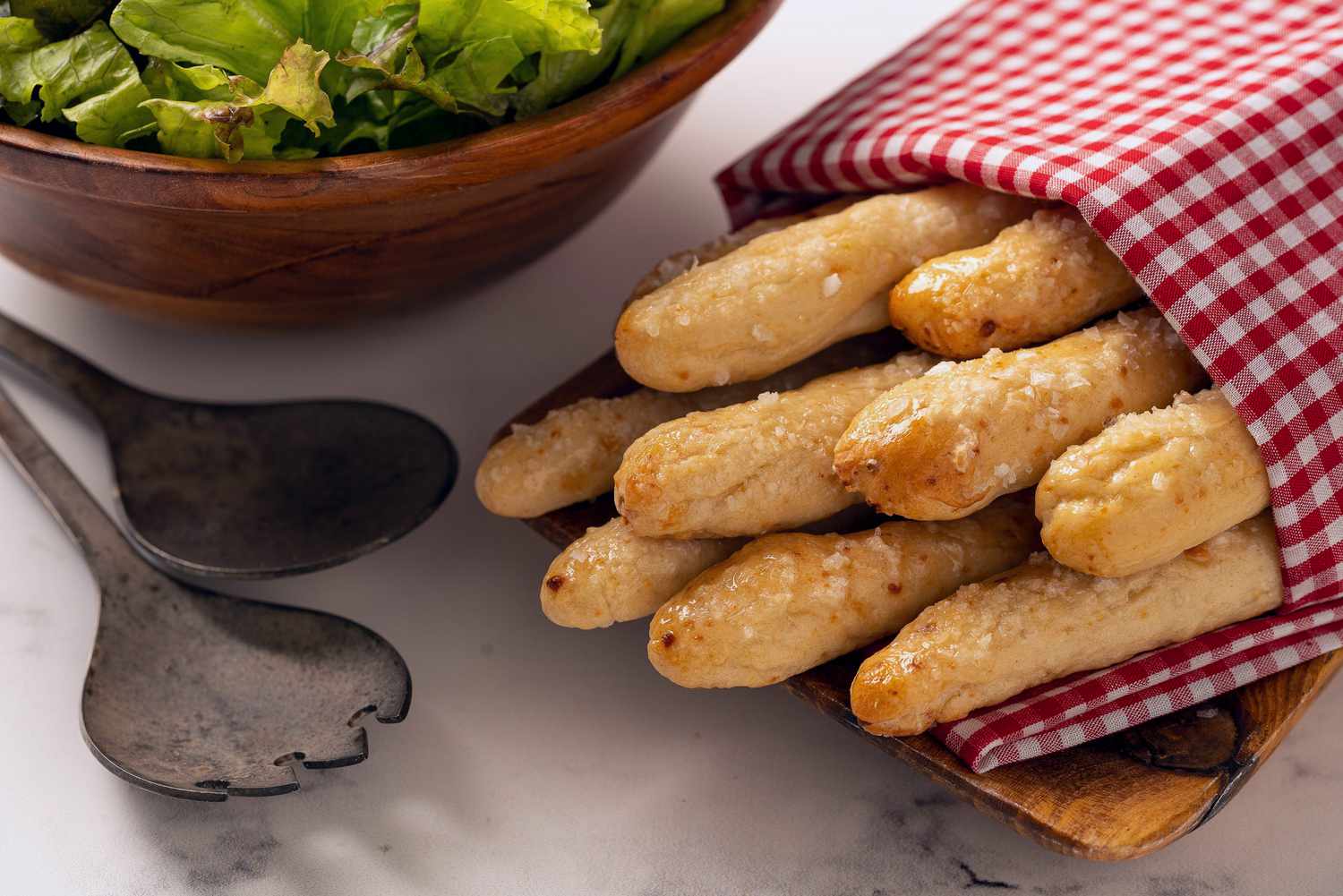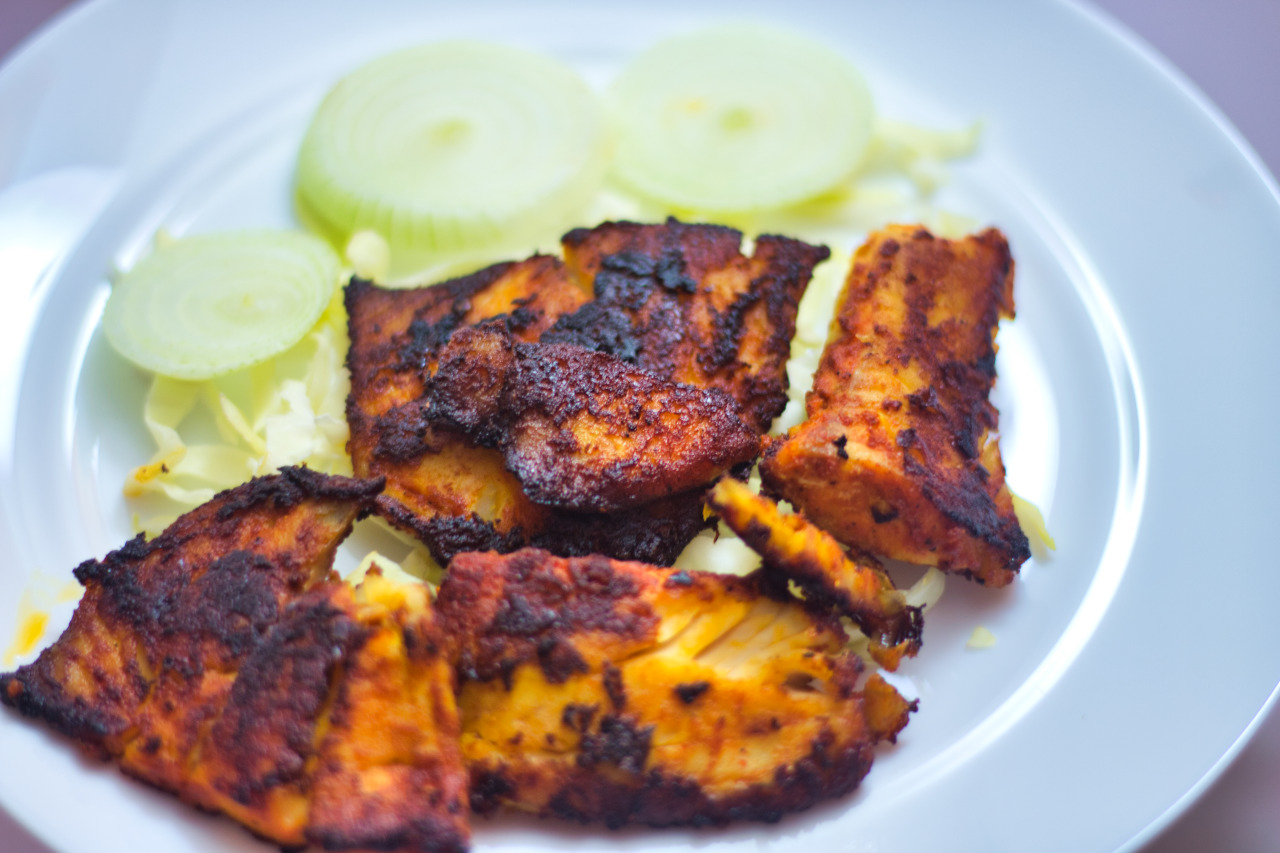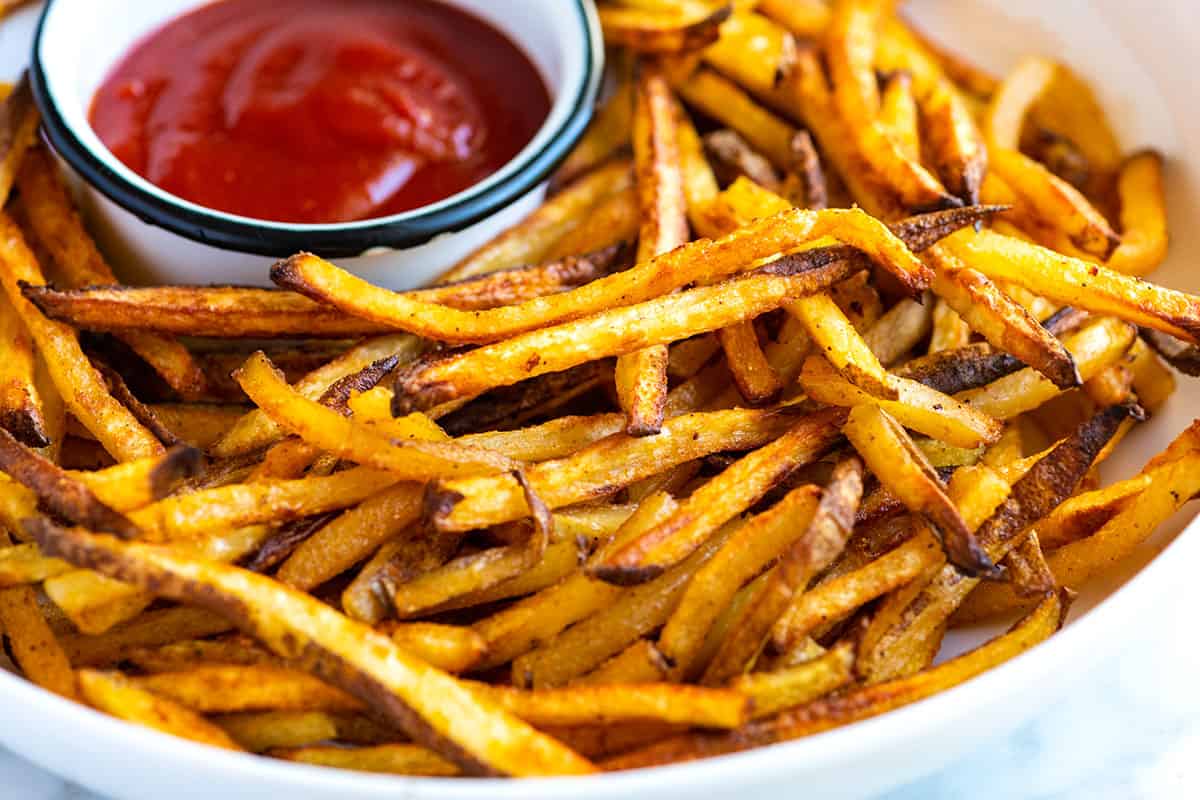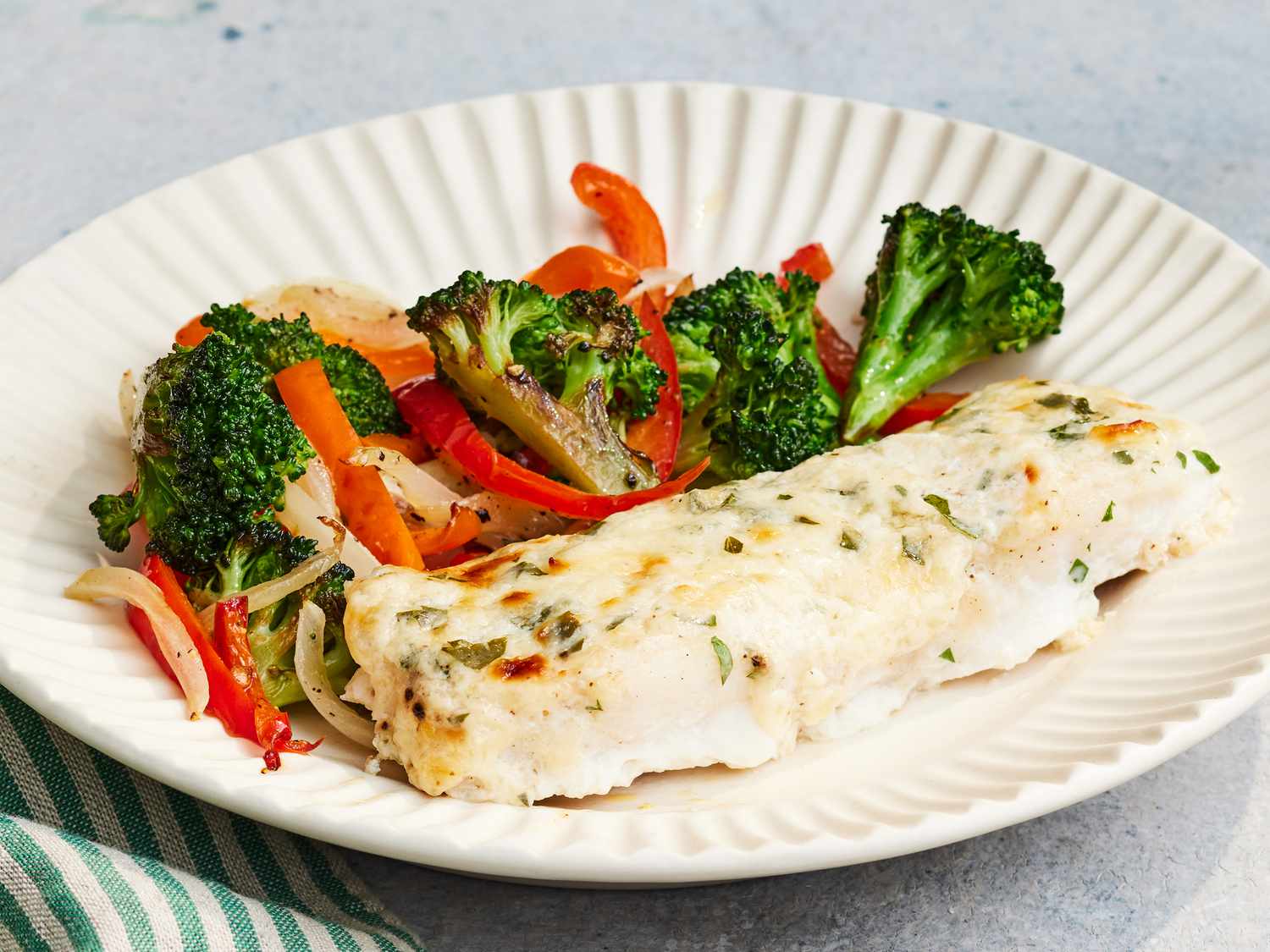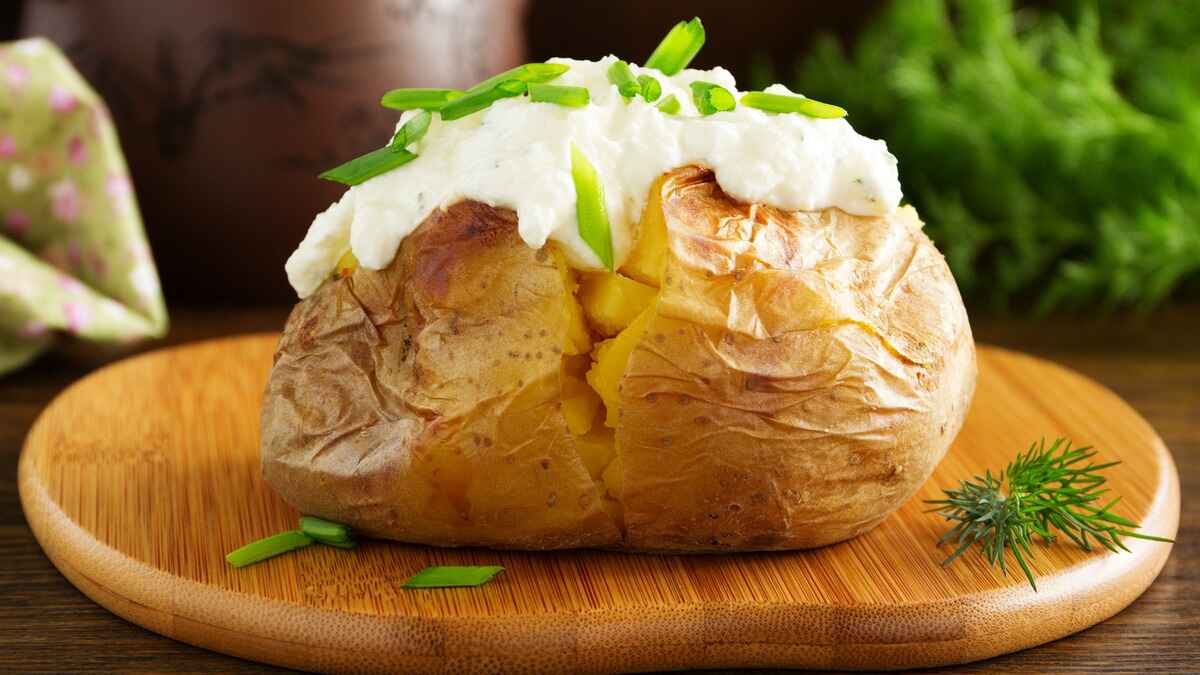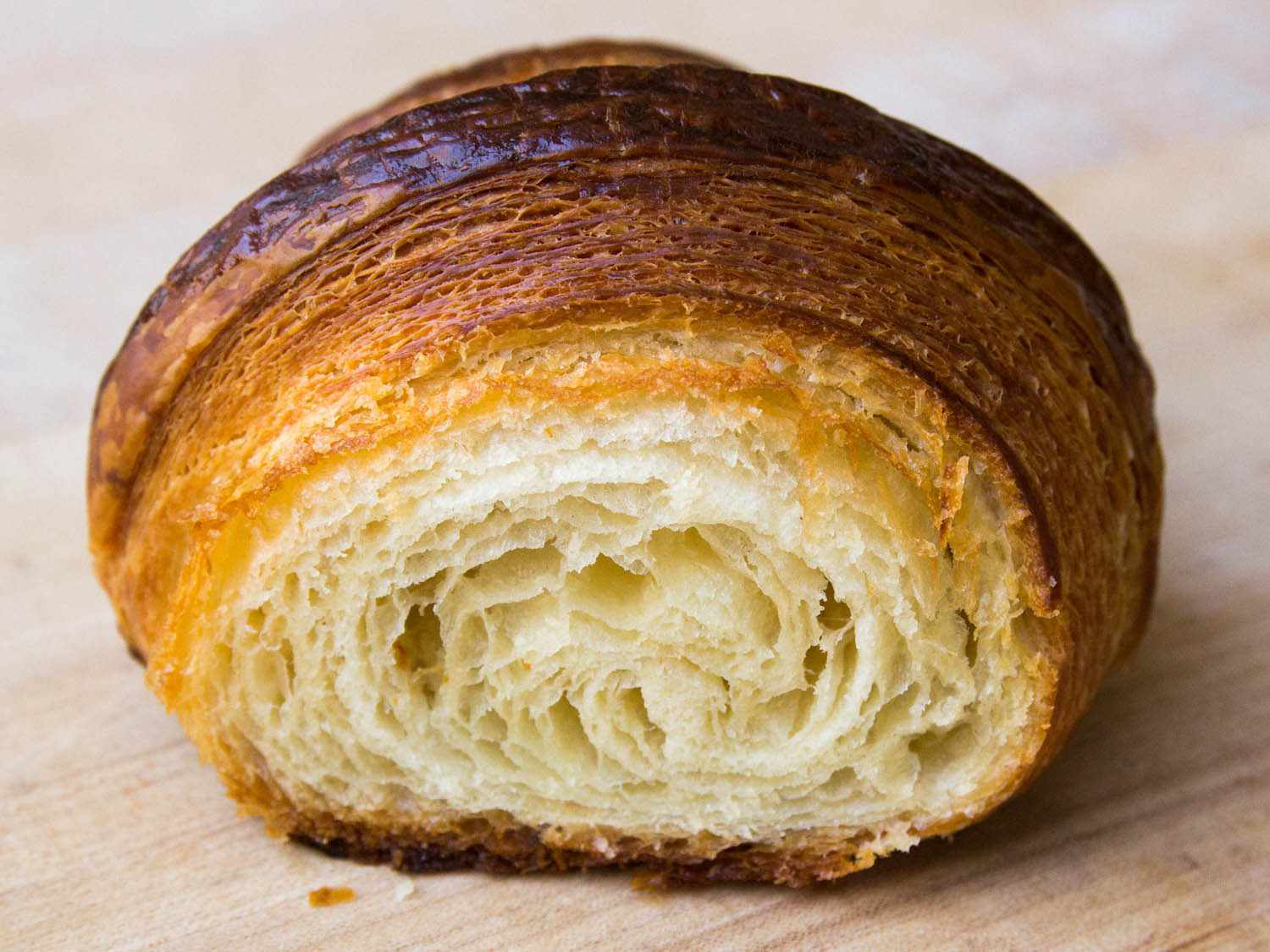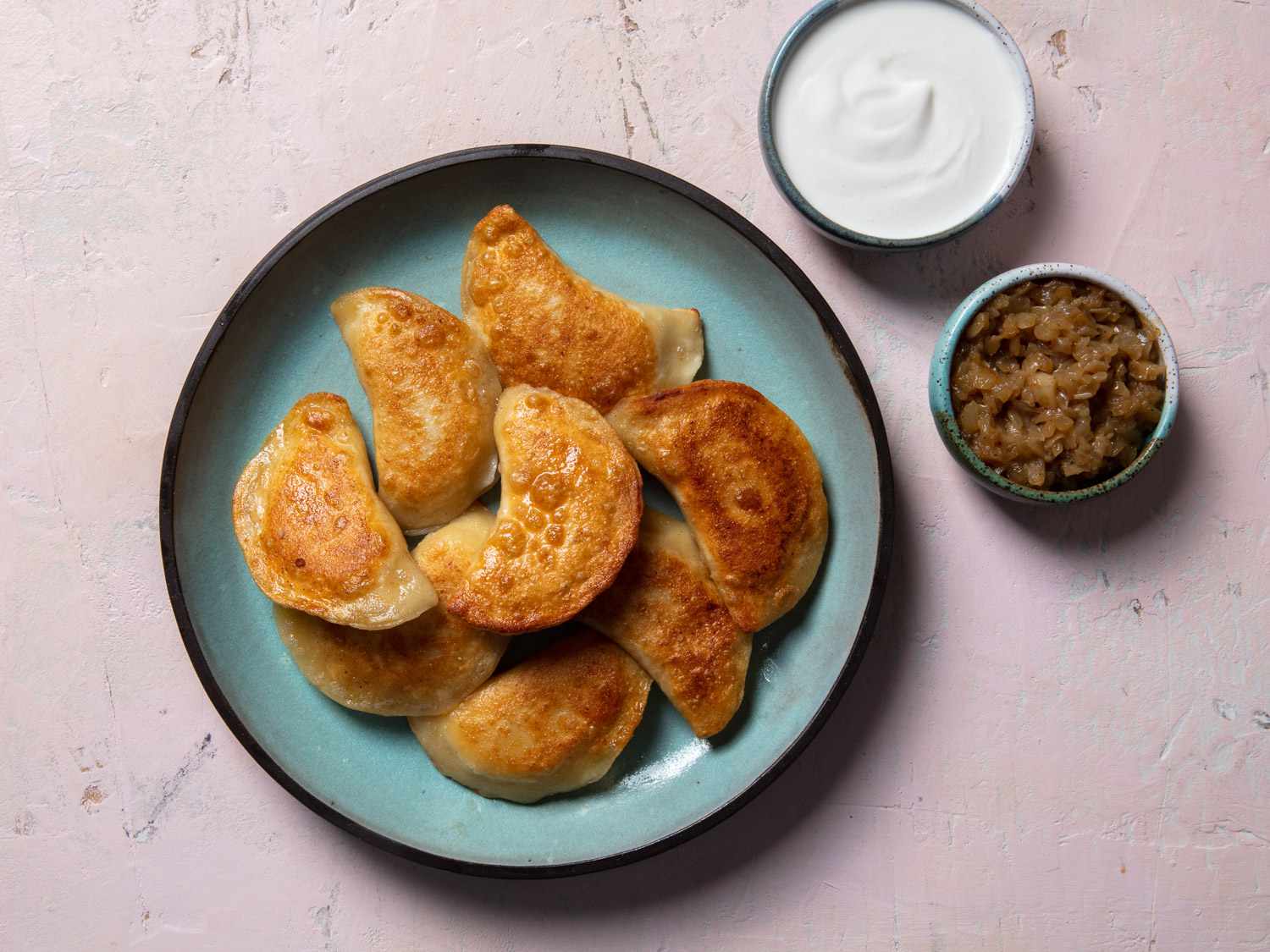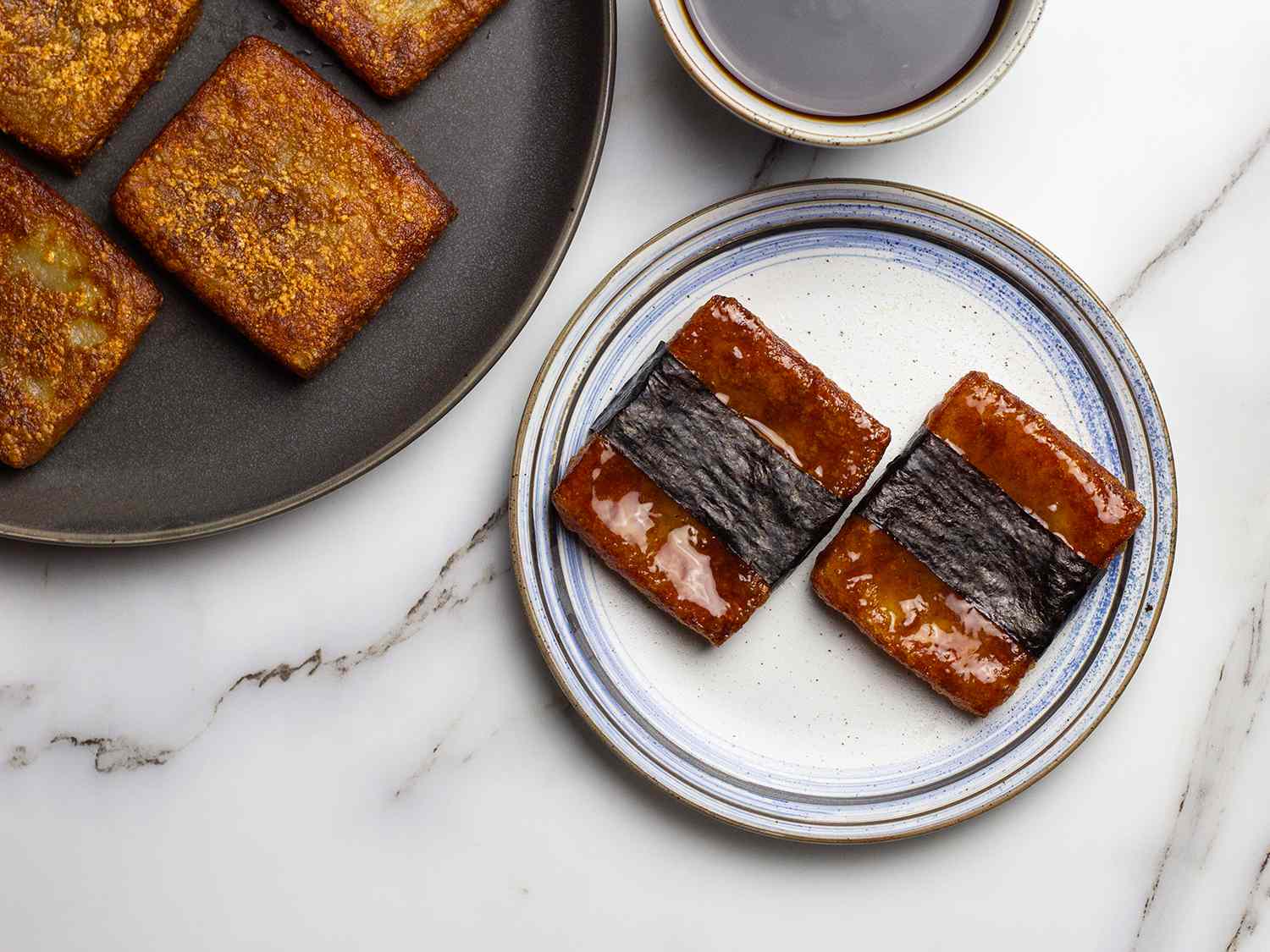Delicious and Easy Mahi Mahi Recipe
Are you looking for a simple and delicious way to prepare mahi mahi with the skin on one side? Look no further! Baking mahi mahi is a healthy and flavorful way to enjoy this versatile fish. With just a few simple ingredients and some basic cooking techniques, you can create a mouthwatering dish that will impress your family and friends.
Ingredients:
- 4 mahi mahi fillets
- 2 tablespoons olive oil
- 1 teaspoon salt
- 1/2 teaspoon black pepper
- 1 teaspoon garlic powder
- 1 teaspoon paprika
- 1 lemon, sliced
Instructions:
- Preheat your oven to 375°F (190°C).
- Place the mahi mahi fillets on a baking sheet lined with parchment paper.
- Drizzle the fillets with olive oil and season with salt, black pepper, garlic powder, and paprika. Make sure to season both sides of the fillets.
- Place a few slices of lemon on top of each fillet for added flavor.
- Bake the mahi mahi in the preheated oven for 15-20 minutes, or until the fish is opaque and flakes easily with a fork.
- Remove the fillets from the oven and let them rest for a few minutes before serving.
That’s it! In just a few simple steps, you can create a delicious and healthy meal that is sure to be a hit with your family. Serve the baked mahi mahi with your favorite side dishes, such as steamed vegetables or a fresh salad, for a complete and satisfying meal.
Tips for Success:
- Make sure to pat the mahi mahi fillets dry with a paper towel before seasoning them. This will help the seasonings adhere to the fish and create a flavorful crust.
- Don't overcook the mahi mahi, as it can become dry and tough. Keep a close eye on the fillets as they bake, and remove them from the oven as soon as they are fully cooked.
- Feel free to customize the seasonings to suit your personal taste. You can add herbs like thyme or rosemary, or spice things up with a pinch of cayenne pepper.
So there you have it – a simple and delicious recipe for baking mahi mahi with the skin on one side. Whether you’re cooking for a special occasion or just a weeknight dinner, this recipe is sure to please. Give it a try and enjoy a taste of the tropics right in your own kitchen!
Was this page helpful?
Read Next: How To Bake In An Instant Pot

